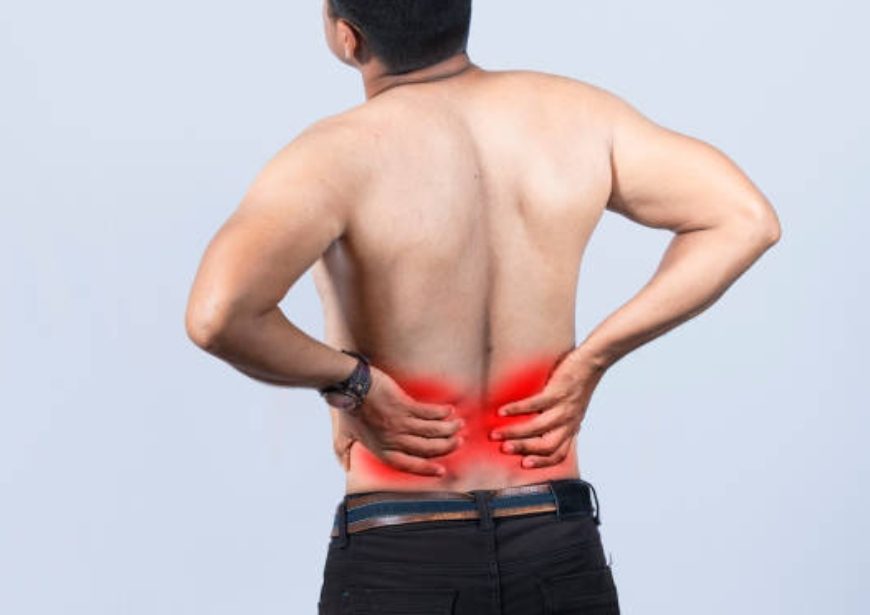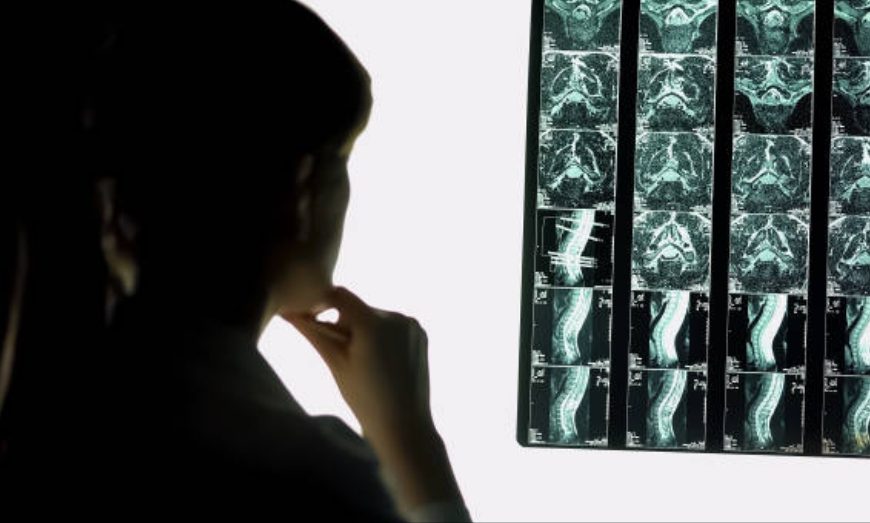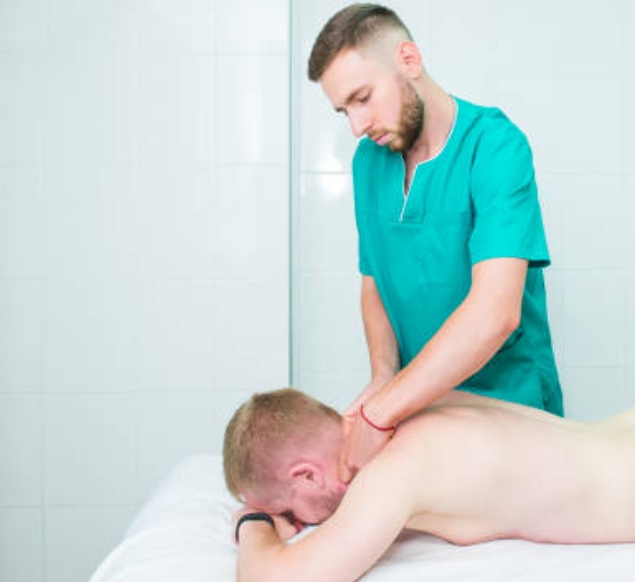Slump Test 2 – Obturator Nerve Bias
Purpose of Slump Test 2 – Obturator Nerve Bias: To determine if the tension along the obturator nerve contributes to the neurologic symptoms associated with radiculopathy (1, 2). Patient position: High sitting (as upright as tolerated) with hands behind the back. Examiner position: Standing beside the patient, at the side of the limb to be tested. Procedure: Perform the limb/joint positioning sequence in the following … Continue reading Slump Test 2 – Obturator Nerve Bias


